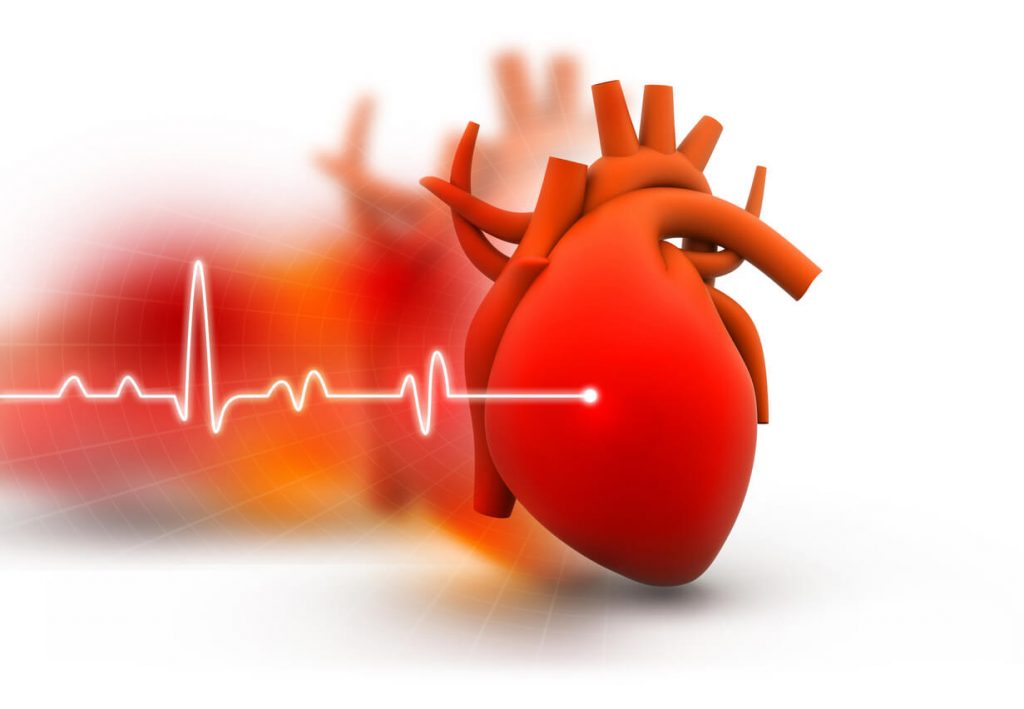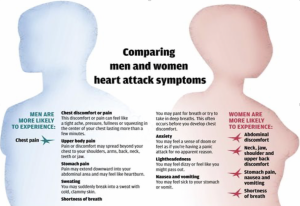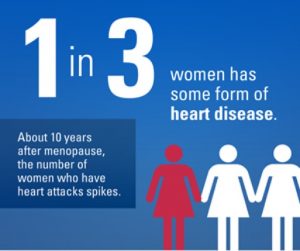Patient Information
Providing caring, compassionate and expert care to get you back to better health.
Women & Heart Disease

Heart disease does not discriminate between genders – it can affect anyone. Currently, it is the leading cause of death in women, accounting for one third of all deaths globally. In fact, heart disease kills three times as many Australian women as breast cancer, yet it’s still perceived to be a ‘man’s disease’.1 Latest national statistics show that more than 48,000 women are hospitalised every year for heart disease, where at least one Australian woman dies every day from a heart attack.2 Arming yourself with knowledge about heart attack symptoms and risk factors may not only save your life, it may also save the life of another.
Signs and Symptoms of a Heart Attack in Women3
While it is important to remember that no two heart attacks are alike, the most common reported symptoms include: chest pain or discomfort in your chest that suddenly occurs and doesn’t go away. It may feel like pressure, tightness or squeezing. The discomfort may spread to your left or right arm, neck, jaw, back or stomach. As with men, women’s symptoms can differ from the ‘classic’ crushing chest pain when having a heart attack. Women may also experience shortness of breath, nausea, indigestion, dizziness, a sudden feeling of anxiety that can feel similar to a panic attack and a cold sweat. Women that have diabetes for a long time may not experience any pain as this condition can cause nerve damage which can affect how pain is felt – a general feeling of being unwell may be experienced instead. Heart attack symptoms can persist over days, or they can come on suddenly and unexpectedly.
If you are experiencing any of these symptoms, it is vital you dial 000 immediately for an ambulance. Women are more likely to delay seeking medical attention and often this is the reason why more women than men in Australia die from heart attacks. If you’re not sure, it’s still important to seek medical attention as soon as possible to be on the safe side. Take heart attack symptoms seriously and act quickly to prevent damaging the heart muscle. Rapid treatment is essential to restore blood flow to the affected part of the heart muscle as soon as possible.
Women’s Unique Risk of a Heart Attack3
While women and men share largely the same risk factors for heart disease i.e.:
- High blood pressure
- High cholesterol
- Smoking
- Excess weight
- Physical inactivity
Women are more vulnerable to these risk factors because of their pathophysiology. Fortunately, 80% of heart disease can be prevented through modifying such risk factors by leading a heart-healthy lifestyle. Aim for at least 150 minutes of moderate intensity physical activity per week such as brisk walking, cycling or swimming and include a diet that is rich in:
- A rainbow of colourful fruits and vegetables,
- Whole grains,
- Low-fat dairy products,
- Poultry, fish and nuts,
- Limiting red meat, sugary foods and beverages.
High Blood Pressure
High blood pressure, known as hypertension, is two to three times more common in women than in men, and the risk increases as you get older. It is the most important risk factor for both stroke and heart failure. It is often referred to as ‘the silent killer’ because it may not cause any symptoms. Once diagnosed, hypertension can usually be well controlled with appropriate medication and a healthy lifestyle.
Smoking
Smoking is even more harmful in women than in men as nicotine is metabolised faster. This risk is further increased if women that smoke are also using a birth control pill. This may create more risk of clotting-related diseases such as stroke and heart attack in young women compared with men.
Diabetes
Diabetes increases the risk of heart attack by 3-7 times in women, compared with 2-3 times in men. Women, especially post menopausal, have stiffer blood vessels leading to the heart than men – this makes it more difficult to carry vital oxygen and blood to the heart. Gestational diabetes, a type of diabetes which occurs during pregnancy often has no signs or symptoms but is routinely screened for during pregnancy. Having gestational diabetes means there is a higher risk of type 2 diabetes in later life. Early recognition of diabetes (involving a blood glucose test) allows appropriate medical intervention and when combined with regular exercise and healthy weight control, the risk of heart disease greatly decreases.
How is Heart Disease associated with Menopause?3
Menopause is a natural phase of a woman’s cycle that occurs on average at the age of 54 years when the ovaries stop producing eggs and the hormones, oestrogen and progesterone. A decline in the natural hormone oestrogen may be a factor in the risk heart disease among post-menopausal women. Oestrogen is believed to have a positive effect on the inner layer of the artery’s wall by helping to keep blood vessels flexible to accommodate blood flow.
Other changes in the body that may occur with menopause include an increase in body fat, blood pressure and Low Density Lipids (‘bad’ cholesterol) levels while High Density Lipids (‘good’ cholesterol) level declines. Women post-menopausal are also at an increased risk of insulin resistance which can prevent the body from breaking down sugars and thereby increasing the risk of developing diabetes.
Heart Health Checks Every Woman Needs4
The Heart Foundation recommends that Australian women over the age of 45 years of age have a heart health check and Aboriginonal and Torres Strait Islander women should have a check when they are over 35 years. This check can be arranged with your doctor or nurse and may help to highlight anything that could put you at increased risk of having a heart attack. Identifying and managing risk factors such as high blood pressure or high cholesterol early on could help lower your risk of a heart attack in the future. Make sure you tell your doctor if you have a family history of heart disease i.e. if:
- your father or brother was under the age of 55 when they were diagnosed with heart disease or
- your mother or sister was under the age of 65 when they were diagnosed with heart disease.
Content Sources:
- Australian Bureau of Statistics. Causes of Death 2014 (3303.0).
- Australian Institute of Health and Welfare (AIHW), National Hospital Morbidity Database 2012/13.
- Heart disease in women: Understand symptoms and risk factors. Retrieved from: https://www.mayoclinic.org/diseases-conditions/heart-disease/in-depth/heart-disease/art-20046167.
- Heart health checks. The Heart Foundation. Retrieved from: https://www.heartfoundation.org.au/blog/heart-health-checks-your-questions-answered.

